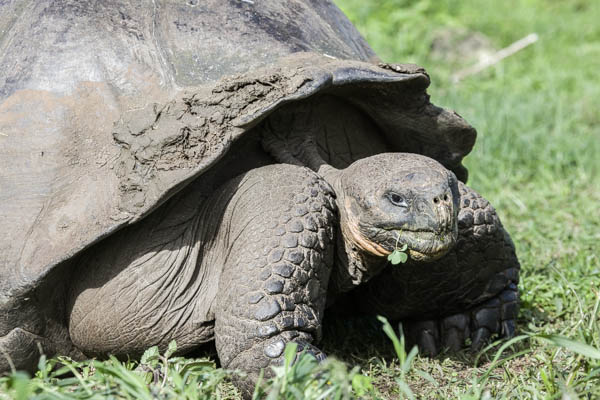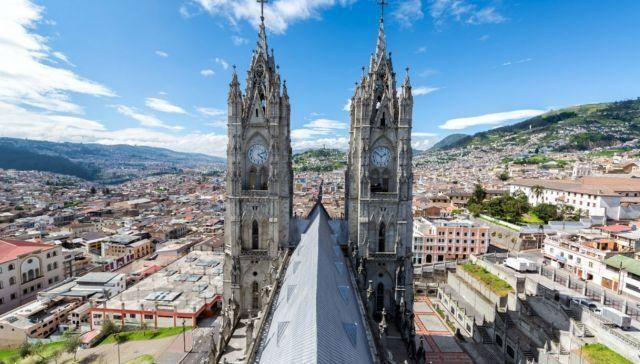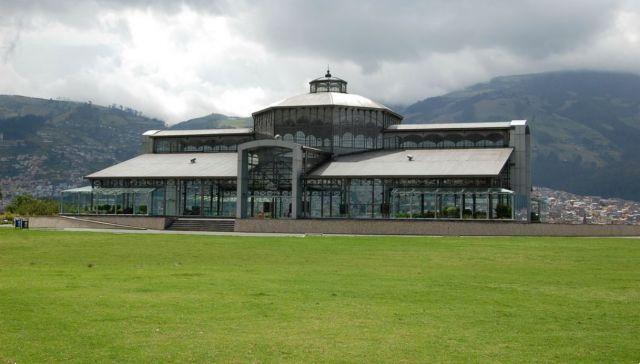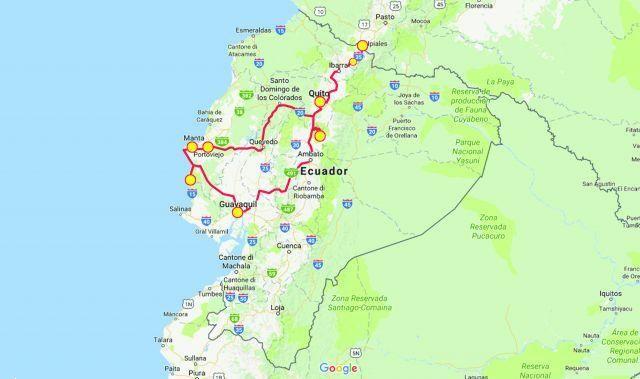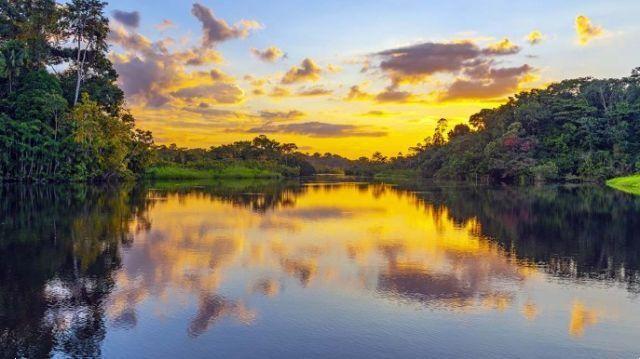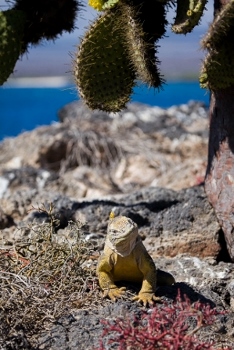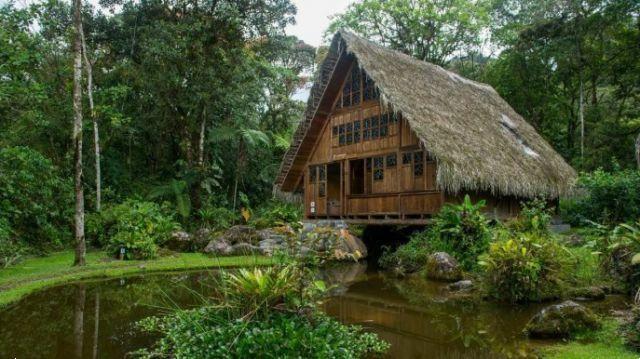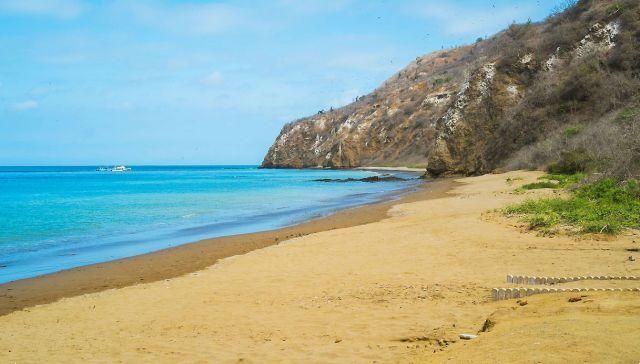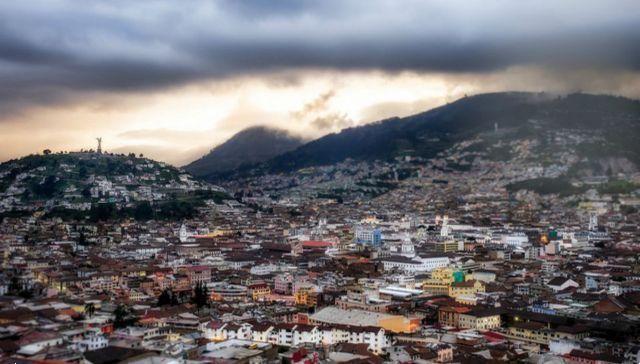 A four-day trip to the capital of Ecuador, a city of contagious liveliness, to discover its cultural sites and interesting artistic realities
A four-day trip to the capital of Ecuador, a city of contagious liveliness, to discover its cultural sites and interesting artistic realities
The capital of Ecuador, Quito, is one of the cities in northern South America that boasts the highest density of museums, art galleries and cultural institutions, as well as an unrivaled liveliness that captivates travelers who come from all over the world to visit it every year.
Quito stretches in a north-south direction along an Andean valley between the Guayllabamba basin and the ancient volcanic cones dominated by the mighty cone of Pichincha, the largest volcano in theEcuador. With an altitude ranging between 2800 and 3100 meters above sea level, Quito is the second highest capital on the planet, beaten only by the Bolivian La Paz: for this reason, for the majority of visitors it is necessary to spend a few days before getting used to at altitude.
Although the capital of Ecuador is located only a few kilometers fromEquator, the climate is temperate, with two main seasons that divide the year between the dry period and the rainy period. The best time to visit Quito is between June and September during the dry season, when temperatures drop a few degrees and rainfall is quite rare. Instead, the wet season runs from October to May and is almost always punctuated by rain and the weather is very variable.
Average temperatures hover throughout the year between 13°C and 15°C with maximum peaks reaching 25°C and minimums 9°C depending on the season. In this guide we will indicate the unmissable destinations and the most interesting locations to discover every secret of the capital of Ecuador in a four-day trip:
First day: as soon as you arrive in Quito you can spend the morning taking a suggestive tour of the Old City, the oldest part of the historic center, which houses the most characteristic buildings of the capital of Ecuador, recognized as a World Heritage Site by UNESCO. Big square also called Plaza de la Independencia, it is the center of gravity on which to organize the first visits, which can include the beautiful Cathedral of Quito, the Palacio del Gobierno and then move up to the spectacular church of the Compagnia de Jesus.
In the afternoon, after a typical Ecuadorian lunch, you can go to the most beautiful square in the city, Plaza San Francisco, to admire the view towards the Pichincha volcano and visit the House of Praise with its rich collection of pre-Columbian finds. To end the day, the best choice is to take a nice stroll around the Mariscal district, where the hottest and most renowned clubs in all of Quito are concentrated.
The second day can begin by continuing a tour of Marshal, where you can buy souvenirs and all types of artisanal artefacts or typical products from every corner of Ecuador. If you prefer a shopping trip this is the most suitable neighborhood, where you can find the most modern shops and supermarkets in the city.
Returning to Quito's most interesting attractions, it's time to take the spectacular zip line TeleferiQo which allows you to arrive directly on one of the peaks of Pichincha from the city center and from the panoramic terrace you can admire a wonderful view over the entire capital. Descending from the volcano you can quickly reach the Bellavista hill, where you can visit two important artistic realities: the Man's Chapel and Guayasamin Museum, where you can admire the works of the great Ecuadorian artist Oswaldo Guayasamín.
The Capilla del Hombre is a large monument dedicated to the epic of the South American indigenous peoples, the suffering suffered during the Spanish conquest and the hope of a peaceful future; The Guayasamín Museum is the painter's house/studio transformed after his death into an exhibition space, where you can admire the works and the studio where he worked.
The third day can be dedicated to an excursion around the capital of Ecuador to reach some of the extraordinary destinations in the metropolitan area. The most famous and visited destination in the area is La Middle of the World City, the monument built at the crossing point of the Equator, even if to be precise the parallel 0 by convention passes a few kilometers from this point. Here you can find a large number of stalls and monuments celebrating and illustrating the history of the Equator and its measurement, although in recent years the site has become overly touristy.
Among the attractions not to be missed are the complex's museum which also hosts an interesting exhibition on the indigenous populations of Ecuador and the spectacular Solar Inti Nan Museum where an incredible variety of scientific experiments can be tried directly by visitors. Before returning to Quito it is worth taking a short hike up to The crater, the large mouth of the extinct Pulaluhua volcano, a natural spectacle not to be missed.
On your last day in Quito you can organize a visit to the most interesting museums in the neighborhood Città Nuova after taking a long walk in the splendid botanical garden of Ecuador, a magnificent reality where you can observe graceful hummingbirds hovering freely among trees and tropical plants.
Among the museums not to be missed in the capital of Ecuador we can mention the Museo Nacional del Ecuador, which preserves the most extraordinary pre-Columbian archaeological collections, including incredible works of art in gold and jade, and the Centro de Arte Contemporaneo, the most important gallery in the state which organizes exhibitions of contemporary art and photography of great cultural value. On the last evening before leaving, the best choice is to return to La Mariscal and have dinner in one of the best restaurants in Quito.




